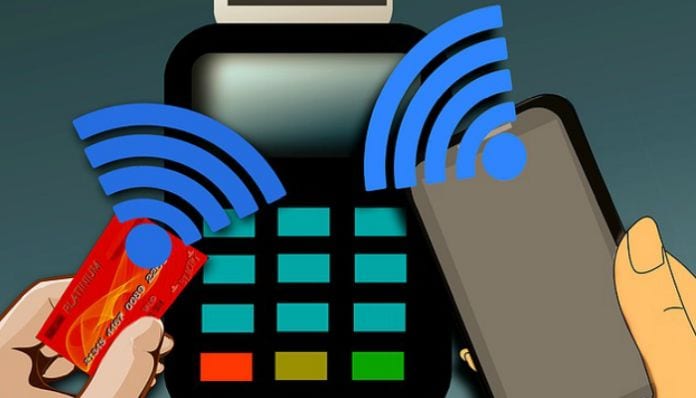For any type of business, the payment process is the home stretch of purchase, and as with many other lines of work, the home stretch can seem deceptively simple, yet it’s extremely important. There’s no room for mistakes as even the smallest hiccup can be enough to change customers’ minds and cost you the entire sale.
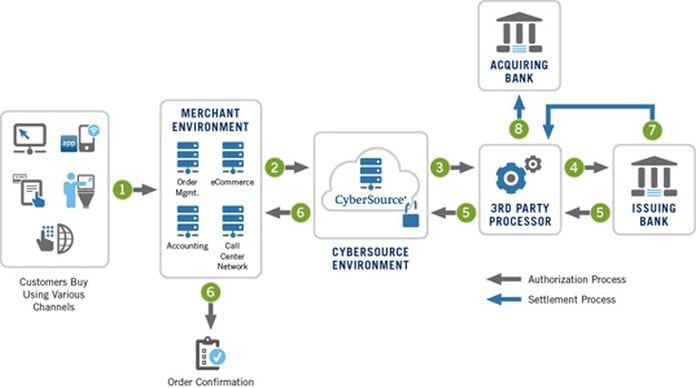
This is why Payment Savvy has compiled some easy and reliable ways to make the payment process as smooth, seamless, and secure for your customers as possible.
Variety of Payment Methods
This may seem common sense, but it’s precisely the fundamentals that many businesses tend to overlook.
If your business doesn’t support the payment method that the customer was planning to use, the transaction is absolutely doomed. Research shows that 56% of customers expect multiple payment options. Some people may even want to use a card for some payments, PayPal for others, and the third method for another type of purchases.
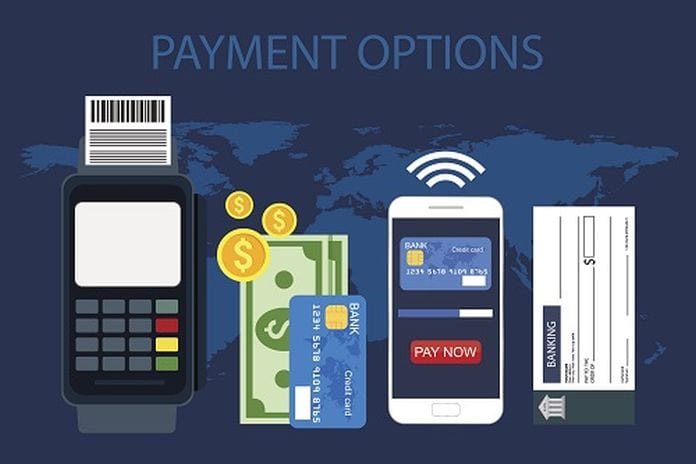
In that sense, the more payment options, the better. However, this strategy, while being the safer bet, isn’t the most refined and practical, so with a bit of research, some businesses can identify the payment methods their target audience in order to identify prefer and respectively incorporate the most popular choices.
No Account
The “Sign Up” request is one of the most ubiquitous deal breakers for a number of reasons.
First, in many cases, signing up for an account is a hurdle for customers. Not only is it a distraction from the coveted goal, but one that takes time and tedious effort, in return for which they get yet another username and password they’ll struggle to remember. That’s a combination that spells a lost sale in today’s day and age.
Furthermore, there’s no real reason for it, at least from a customer’s standpoint, which can invoke doubt and take people out of that magical, consumerist state of mind. After all, brick and mortar stores don’t require an account.
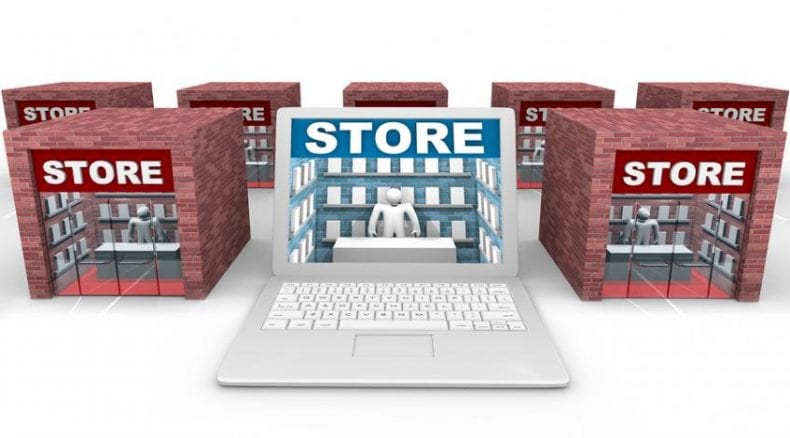
Not to mention research shows that many clients avoid setting up accounts as they don’t want their mail inundated with promotional emails they’ll never read. That’s something people won’t be changing their minds anytime soon.
For all those reasons, it makes a lot more sense to let customers pay as guests and give them the option to sign up for an account afterwards. This is a win-win as they’ll be much more likely to do both.
Consistent Design
Paying online doesn’t feel as safe by default, no matter how secure your website may be. This is why even small, seemingly insignificant and irrelevant things can be interpreted as red flags and scare customers away.

For example, if your website has one type of design in the form of fonts, colors, etc., which all of a sudden changes drastically at the check-out page, your clients may feel something has been tampered with, especially if they’ve had unfortunate dealings with creative hackers.
You need to keep your design consistent throughout in order for the entire purchase process to be as seamless as possible.
One-Click Payments and Simple Navigation
In today’s world, easy and fast is almost always better, especially when it comes to online purchases.
Merchants can earn some loyal customers by making their recurrent purchases as easy as possible, practically at the click of a button. Everyone has been on sites with prefill functionality that enables you to automatically refill your details by simply clicking on one of the fields.
If it comes down to it, virtually anyone would choose a site with fast and user-friendly navigation.
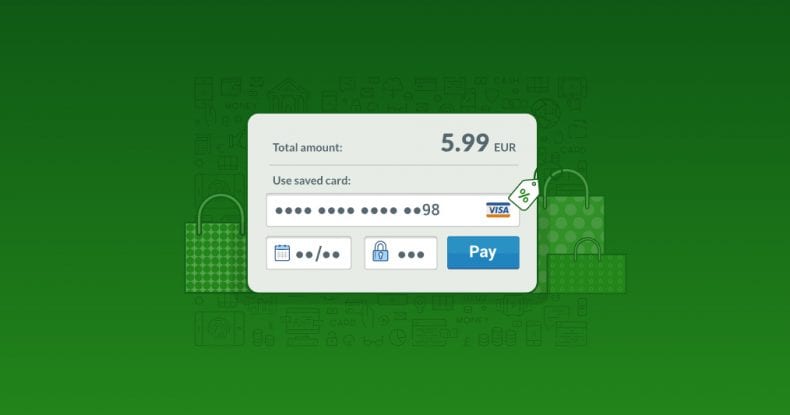
Essential Info Only
This is somewhat of an extension of the previous point and the “no account” moto.
Nothing kills the buying mood like having customers feel out endless forms. Only ask for info you absolutely need to see the purchase through.
This isn’t some theoretical nitpicking to scoff at. Such trivialities can cost businesses a small fortune. Cumbersome navigation and unnecessarily long forms are the very reasons why the term “abandoned shopping cart” is so well-known.
No Ads
An addition to the last point is an advertisement-free payment phase. Ads during that home stretch are just another unnecessary and even risky distraction, a bump on the road you’d be putting up your-very-self.
Stress on Security and Privacy
There’s an old advertising trick of stressing on something fundamental which competitors don’t think of mentioning because they think it’s too obvious. However, just because it’s obvious for a professional doesn’t mean it’s obvious for a customer.
According to a survey by Econsultancy, 58% of respondents abandon their shopping carts because of security concerns.
Getting a Secure Sockets Layer (SSL) certificate for safe connection and solid encryption of credit card information is a great way to reassure your customers, and yourself as well.
Furthermore, you should adhere to the standards of the PCI Security Standards Council (PSI SSC) as payment card companies enforce them, plus the council itself oversees the security standards for storing, processing, and transmitting cardholder data.
There’s no substitute for those two badges on your website and the credentials they stand for.
It’s crazy to think how small tweaks like these can make such a tangible difference, but they do. You can always do some A/B testing to see what exactly works best for you. Luckily though, most of the hard work has already been done for you.
